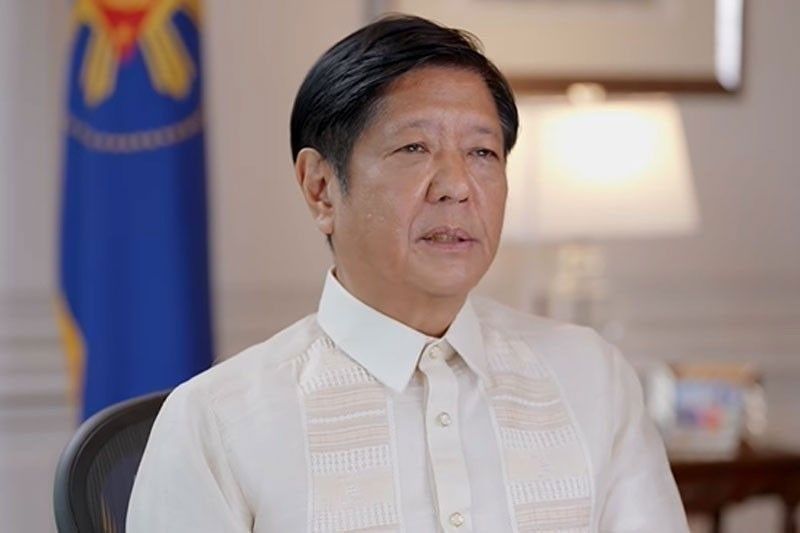
Upgrade to High-Speed Internet for only ₱1499/month!
Enjoy up to 100 Mbps fiber broadband, perfect for browsing, streaming, and gaming.
Visit Suniway.ph to learn
MANILA, Philippines — The Philippines isn’t the most dangerous country for tourists, Tourism Secretary Christina Frasco said.
Frasco criticized HelloSafe for incorrectly naming the Philippines the “least safe” country, initially assigning it a safety index of 82.32 before removing it from the list and replacing it with Sudan.
Countries closer to 0 are considered the safest, while those nearing 100 are deemed the least safe.
The Department of Tourism (DOT) said on Thursday, June 19, it had already caused lasting reputational damage, even if the correction had been issued. The website, as of June 19, still shows that the Philippines is the least safe country.
“Though the listing has since been altered to remove the Philippines’ false designation and replace it with another country, the correction is not complete, and damage to the country’s reputation and to the lives of our people has already been done,” Frasco said in a statement on Thursday.
“The impact of this false narrative is not abstract. It disrupted bookings and businesses,” she added.
Lack of transparency
Frasco demanded accountability from HelloSafe, an insurance company, for presenting questionable data in the guise of an objective safety index.
As tourism chief, she said the index is “entirely disconnected from realities on the ground.”
Since HelloSafe sells travel insurance, Frasco argued that it does not prioritize ensuring the accuracy of safety assessments, as observed in the lack of a full methodology disclosure or identifiable data sources.
“Safety indexes, when tied to sales and commercial interests, can unfairly distort national reputations, and warrants closer scrutiny about the fairness and accuracy of such rankings,” the tourism chief added.
Accountability sought
Although Esquire reported that HelloSafe issued a correction, the update was not reflected on the website. Worse, Frasco said the Philippines was simply removed from the list “without clarification or accountability.”
She admitted that while the Philippines has safety issues, it continues to confront and address these challenges.
“Across our key and emerging destinations, safety is not taken for granted,” Frasco said.
Among the efforts the Philippine government has made are training police personnel and ensuring strong partnerships with law enforcement agencies and local governments.
Inaccurate global rankings like HelloSafe’s, she said, only cause travellers to doubt the Philippines as a quality tourism site. Not only does it affect the country’s reputation, but it also directly harms the livelihood of Filipinos who work in the tourism industry.
“We demand that HelloSafe correct all references to the erroneous data against the Philippines across its platforms and to ensure the accuracy and consistency of its reporting tools, including interactive visual assets,” Frasco said.
Philippine Hotel Owners Association President Arthur Lopez also criticized the HelloSafe report, saying it is “detrimental to the efforts of the tourism and hospitality industry.”
“We find the article misleading, unfair, and detrimental to the efforts of the tourism and hospitality industry. We remain fully committed to supporting the Department of Tourism’s mission to promote the Philippines as a safe, vibrant, and enjoyable destination for all and highlight the genuine hospitality, resilience, and professionalism of Filipino tourism workers,” he said.
Maria Paz Alberto, representing the Pacific Asia Travel Association (PATA) and the Philippine IATA Agents Travel Association (PIATA), disagreed with HelloSafe's ranking for the Philippines.
“This unjust characterization not only misrepresents the realities of travel safety in the Philippines but also undermines the diligent efforts made by local stakeholders to promote tourism in the region. Such misleading narratives can deter prospective visitors, leading to profound and lasting repercussions for businesses reliant on inbound tourism,” the statement said.
“We urge all entities involved in travel communication to adhere to responsible reporting practices, ensuring that potential visitors receive an accurate portrayal of the attractions and safety measures that the Philippines has to offer,” they said.
How the index is calculated
According to HelloSafe, its index is based on 35 criteria grouped into five categories: frequency of natural disasters, violence in society, armed conflicts, healthcare infrastructure and militarization.
Higher scores in each category indicate greater levels of danger for a country.
The company said it draws data from United Nations agencies, the World Bank, and various international research organizations.
HelloSafe, however, also includes a disclaimer saying that the index “is not intended to reflect the tourist attractiveness of a country, but rather a global index of security and safety based on the largest possible number of objective criteria.” —with reports by Rosette Adel

 5 hours ago
1
5 hours ago
1



